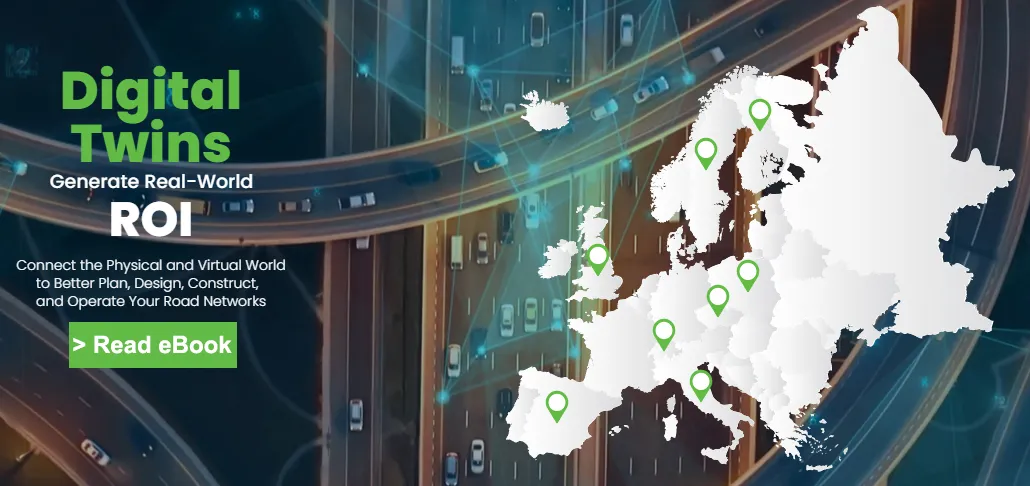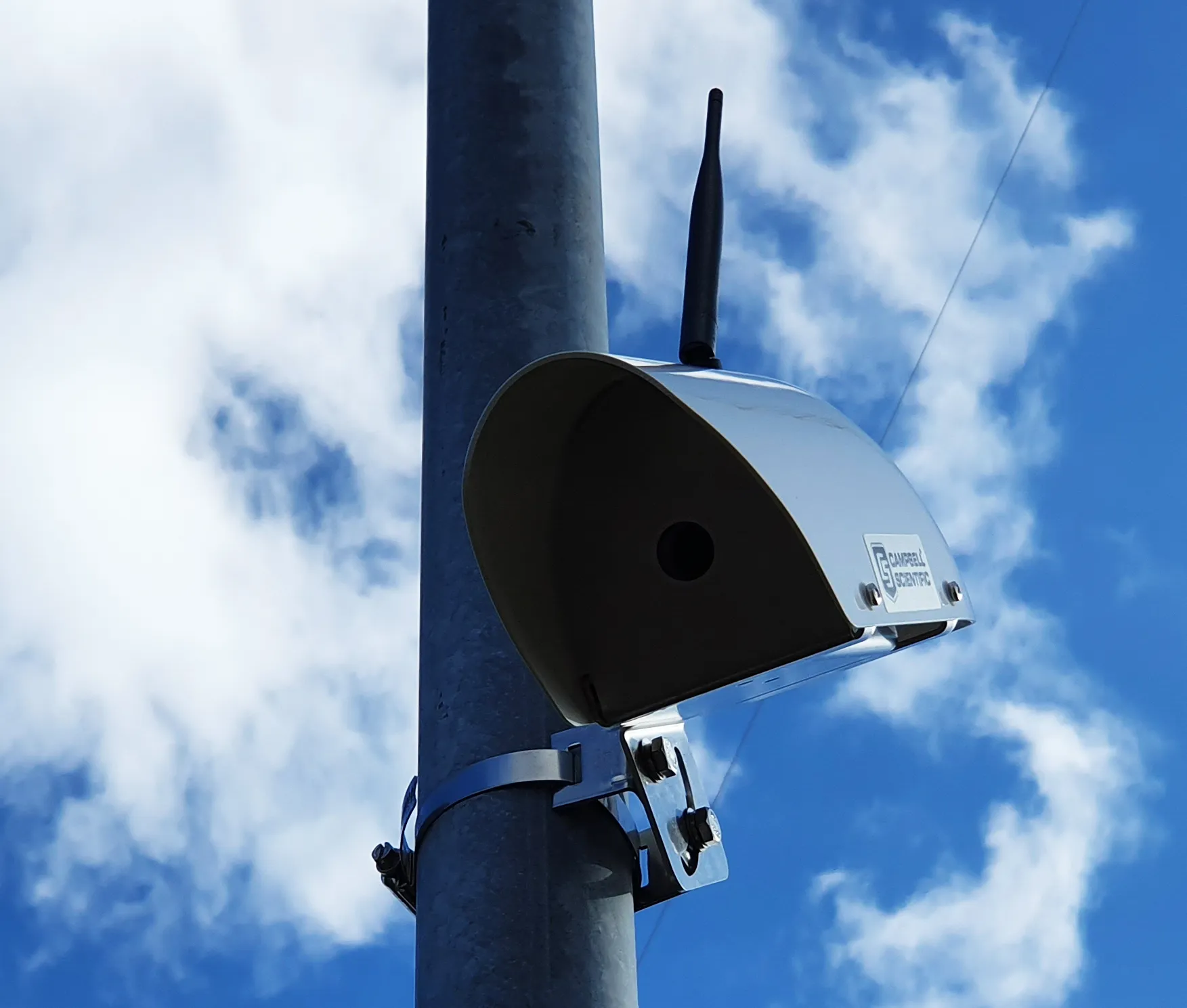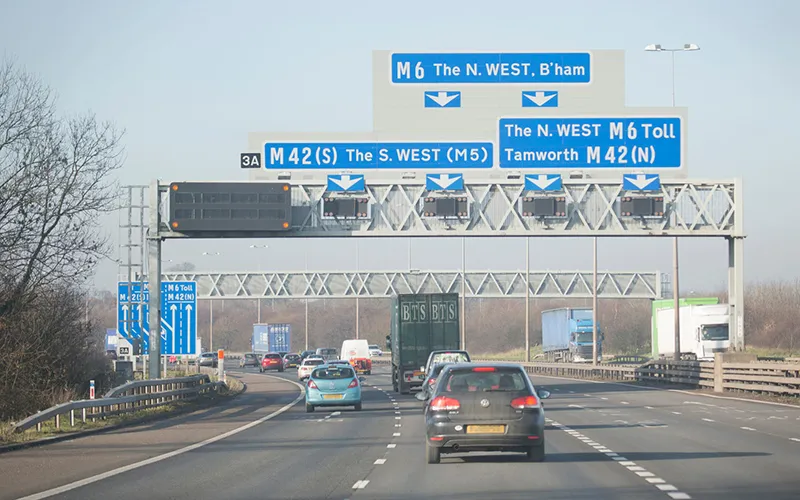
To do their job better and faster, transportation agencies need innovative technologies and processes, including digital twins. Digital delivery incorporates streamlined processes to manage asset information changes throughout the project. With this delivery method, it’s easier to review design intent and develop high-resolution 3D design visuals, providing improved design quality. Digital delivery also improves design efficiency and enables contractors to benefit from a more complete representation of the design intent delivered in a more directly usable format.
Read our e-Book to learn how users in Europe are leveraging digital twins to synchronize work, gain greater visibility, and make sense of the right data at the right time across the lifecycle of assets.
Content produced in association with Bentley Systems









